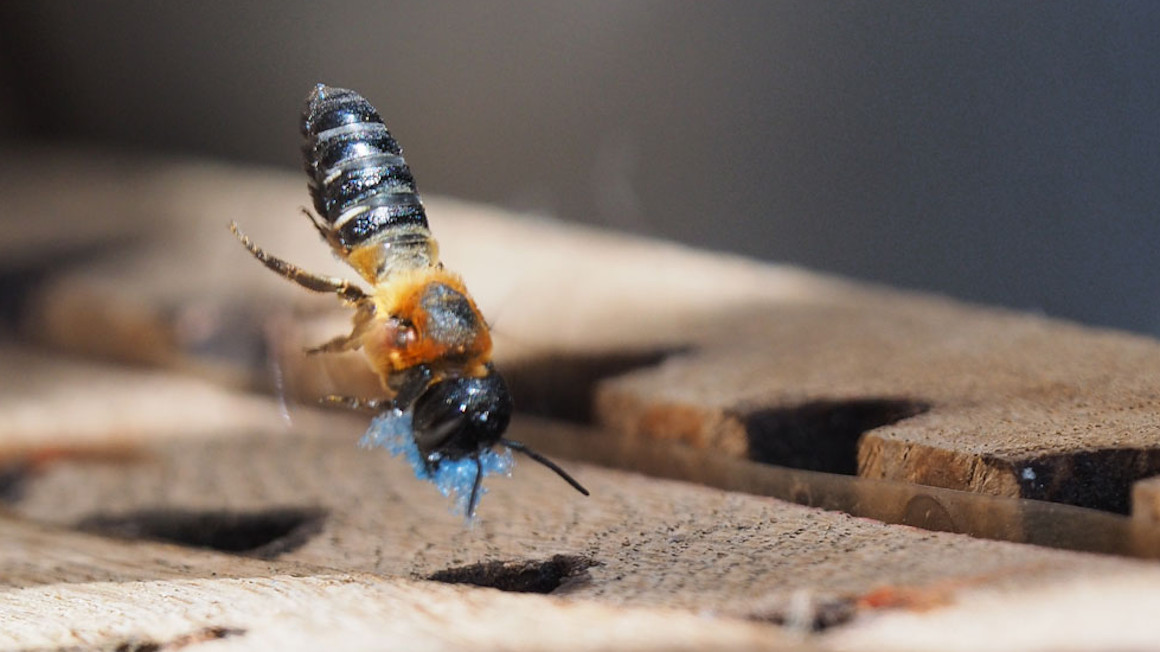Agriculture harms wild plants
Studies of the reproductive success of 1,200 plant species show how pollinator performance is influenced by agriculture and urbanization.

Does the dramatic decline in insect populations in recent years have similarly serious effects on populations of plants whose reproduction depends on pollination by insects? The assumption is obvious, but reliable data are now being provided for the first time by a major study led by the German Center for Integrative Biodiversity Research (iDiv), the Martin Luther University Halle-Wittenberg (MLU) and the Helmholtz Centre for Environmental Research (UFZ), which was published in the journal „Nature Communications“.
1,200 plant species evaluated
For this purpose, the scientists evaluated publications from around 2,000 experiments with a total of more than 1,200 plant species from all over the world, in which the connection between pollination and reproductive success was investigated. "If plants that have been naturally pollinated produce fewer fruits or seeds than plants that have been additionally pollinated by hand, then the reproduction of these plants is restricted - this is called pollen limitation," says project leader Joanne Bennett, explaining the approach. "Such experiments are excellent for relating the reproductive success of plants and pollination to each other.
Specialists particularly threatened
The result is clear: wild plants in intensively used landscapes are generally severely restricted in their pollination compared to their conspecifics in the natural environment. In detail, there are differences between the respective types of land use - for example agriculture or urbanization. And just as land use affects different pollinator insects to varying degrees, not every plant species is affected in its pollination. Specialists are particularly threatened, while species pollinated by honeybees are less affected in agricultural areas than other species.
Land use changes plant communities
"The relationship between plants and their pollinators has evolved over millions of years. Humans now change these relationships within a few years," warns Bennett. Reduced pollination in many species leads to reduced reproductive success. Over time, intensive land use could therefore lead to the disappearance of plant species specializing in particular pollinators from plant communities and their place being taken by so-called generalists, which can be pollinated by a wide range of different insects.
bl


